The Kaiapoi food forest will be enduring through its values –
connect, nourish, educate and inspire.Creating a food forest is an exercise in connecting people, increasing resilience and sustainability, reducing net migration, improving living quality, creating jobs, strengthening mental and physical health, up skilling youth, attracting tourists and generating profit for Kaiapoi and the Waimakariri District.
A community food forest provides an abundance of food for residents and those that wish to visit to gather – fruits, vegetables, herbs and medicinal plants by way of a layered permaculture companion planting system.
Imagine wandering through a flourishing forest where almost every plant is edible and all plants serve a purpose.
However we want more than that:
- we want people to help maintain and learn how to grow plants and be inspired to take what they have learnt to create a food forest in their own backyard or in their community,
- we want people to come connect with friends, family and picnic in the food forest,
- we will hold food related events and want to help community groups to hold events in the food forest,
- we want chefs and food nutritionists come and teach people how to cook the food grown in the food forest and
- we want people to be inspired by artwork, creative landscaping and seating in this beautiful natural landscape.
The Kaiapoi food forest will be filled with many heritage fruit varieties that will provide a wide range of delectable fruit, higher levels of vitamin C and higher nutritional value.
The wide range of fruits and vegetables will encourage visitors to try something different to eat.
20% of New Zealanders are classified as food insecure, which means they are lacking access to safe, affordable, nutritional and culturally appropriate food. A social and community based food forest will allow better access to affordable food for a growing number of low income or no income families.
The Kaiapoi Food Forest Trust have joined a growing movement of food champions in the greater Canterbury community, where groups and local government, and district health sectors are aiming to bring actors together to address issues facing our food regions.
Food forest layer design principles are suitable to be replicated on small or large residential property sizes. The food forest will be the centre of learning to inspire people of all ages, how and what can be grown locally, how to reduce waste, use of plants and cooking classes, encourage food security and replicate design principles at a residential level.
The Food forest is designed to create its own micro climate, which makes for an ideal location to meet up with friends and family, ideal for picnics, ideal for events. The location of the food forest to Kaiapoi’s main street along with easy access off the motorway makes this food forest an ideal location to stop and visit by eco tourists.
Innovative creative seating and original art works placed throughout will make the food forest enduring, a destination to visit by residents and tourists. The beauty of “kai” in Kaiapoi’s name, makes it even more appealing.
Allow local businesses to have a positive impact and connect with a community legacy project by having employees volunteer for a day, donate produce, donate money, donate to a specific project like seating, artworks or events. Local schools and community groups can come maintain the food forest along with planting crops of their choice and of course gather food.
Community garden / food forest programmes can have significant mental health benefits for participating gardeners. There is a substantial body of evidence that shows that, when taken together, the essential components of a food forest program (growing plants, spending time with others in a safe and supportive environment, being active outdoors and bringing home healthy produce harvested from the garden) can contribute to positive mental health outcomes.
In nature, forests exist and thrive perfectly well as their own closed system. They don’t need the addition of extra fertilizer, the removal of weeds, the spraying of pesticides and so on to keep them flourishing – they evolve and adapt to incorporate change. Food forests do the same thing, meaning that the human effort required to maintain them is minimal.
Of course, permaculturists looking to initiate a food forest will need to put some time into planting and working with the land (such as mulching, compositing and so on) to ensure the best start to the forest, but once the food forest gets going, it requires very little maintenance. The systems of planting that go into a food forest perpetuate a self-sustaining system, meaning that, from a mature food forest, the permaculturists really only has to harvest!
Through the Food forest we want visitors to:
Connect –
- The food forest will be a place for people to gather, forage and eat food,
Volunteers working together will maintain the area,
Sheltered areas will foster picnicking and great places for children to play,
The food forest will be a tourist destination,
We will grow food and medicinal plants traditionally foraged by Maori,
Food related events will be developed i.e. harvest festivals and
Community groups will be invited to hold events.
Nourish –
- Food forest layers work in harmony to remove the need for harmful sprays,
- Medicinal plants along with food will be grown,
- Trees and plants many being heritage will be grown for taste and nutrition,
- The food forest design and layout will nourish the mind, body and soul,
- Food Forests bring birds into the urban area,
- Will be beneficial to insects and bugs, i.e. bees,
- Utilising multiple layers and making the most of both horizontal and vertical space,
- Diverse variety of plantings grown and
- Plantings will be chosen to provide a range of food on a 12 monthly basis.
Educate –
- A learning centre will be developed for adults and children to learn,
- Participate in the growing of plants without chemicals,
- Provide a healthy and safe volunteer environment, i.e. completion of a hazard review before working in the food forest,
- Website (https://kai.net.nz) and Facebook to share ideas,
- Signage, website and labelling will educate about the plants
Native and Heritage plantings will provide alternative food, - Traditional plants and trees to educate how Maori traditionally used these plants,
- What to eat and how it can be prepared and
- Cooking of food.
Inspire –
- Artworks will be found scattered throughout the food forest,
- Creative seating will be throughout,
- Access to the food forest will be unlimited,
- Food security and sharing of resources,
- Great place to meet people, learn new skills and enjoy food,
- Growing of Kaiapoi fruit salad trees,
- The design requires less labour, no pesticides, no fertilisers, no digging,
- The design will inspire visitors to grow food in a different way,
- The design will off-set climate change,
- Duplicate the design and concept,
- Close knit and self reliant communities,
- Layering allows more food produced in small area, with less intervention and cost,
- The design will use less water and
- The design works with mother nature.
An enduring food forest will be a valuable legacy for the entire Kaiapoi and the wider Waimakariri community.
One of our purposes is to have native plants and trees similar to what Maori would have foraged for food and medicines.
Maori traditional Medicine
Tī kōuka (Cordyline australis) was used to make a range of medicinal treatments:
• It was pounded into a paste.
• Growing tip (kōata) was eaten raw as a blood tonic or cleanser.
• Leaves provided juice used externally for cuts, cracks and sores.
• Infusions prepared by boiling leaves were drunk to treat diarrhoea.
• Leaves rubbed until soft were applied as an ointment to cuts, skin cracks and sore hands.
• Nursing mothers chewed the young shoots and gave them to their children for colic.
• Shoots were boiled and the liquid taken to treat stomach pains.
• Seeds have been shown to be high in linoleic acid — an essential fatty acid.
Medicinal plants
Medicines were made from plants, including:
• harakeke (flax)
• kawakawa
• rātā
• mānuka
• kōwhai.
Using harakeke (flax)
• Flax leaves or roots were made into pulp, heated and put on skin infections such as boils.
• The hard part of the leaf was used to splint a broken bone.
• A bad cut was sewn up with flax fibre (muka).
Kawakawa
• Kawakawa leaves and bark were used for cuts and stomach pains.
• Kawakawa was used to make a steam bath. The leaves were placed on hot stones with water poured over. The patient sat on top.
Mānuka
• Ashes from burnt mānuka were rubbed on the scalp to cure dandruff.
• A tea made from the leaves was drunk for a fever.
Now a days food is grown to suit supermarkets, it will last longer on the shelves, it can be picked all within a few days, it can survive being dropped 1 metre, it looks pretty, we don’t get export quality fruit, we get the rejects…NOTHING about taste.
Heritage fruit tastes great… we want to fill the Kaiapoi Food forest with heritage trees.
Food Forests are living proof that industrial agriculture is not the only way to feed the world. In fact, we now recognize conventional agricultural practices to be a major contributor towards climate change, environmental destruction and desertification.
The Waimakariri District Council is going to lease 1.5acres of land to the Kaiapoi Food Forest Trust to develop a food forest.
A food forest functions as a healthy closed-loop ecosystem, with each organism playing a role. Each element of the system supports the whole. The many relationships happening in an ecosystem are imitated in a food forest which:
• builds soil and accumulates nutrients
• self-fertilizes, self-mulches, self-regulates
• produces food, fiber, medicine, materials, fodder and more
• Sequesters Carbon, offsetting climate change
• provides habitat for all living organisms
• supports pollinators and beneficial insects
• protects and enhances biodiversity
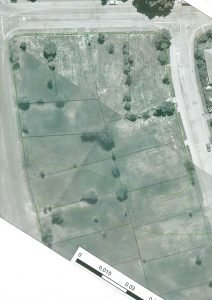
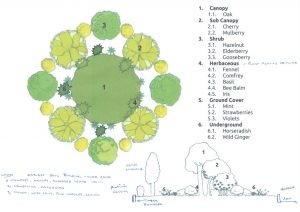
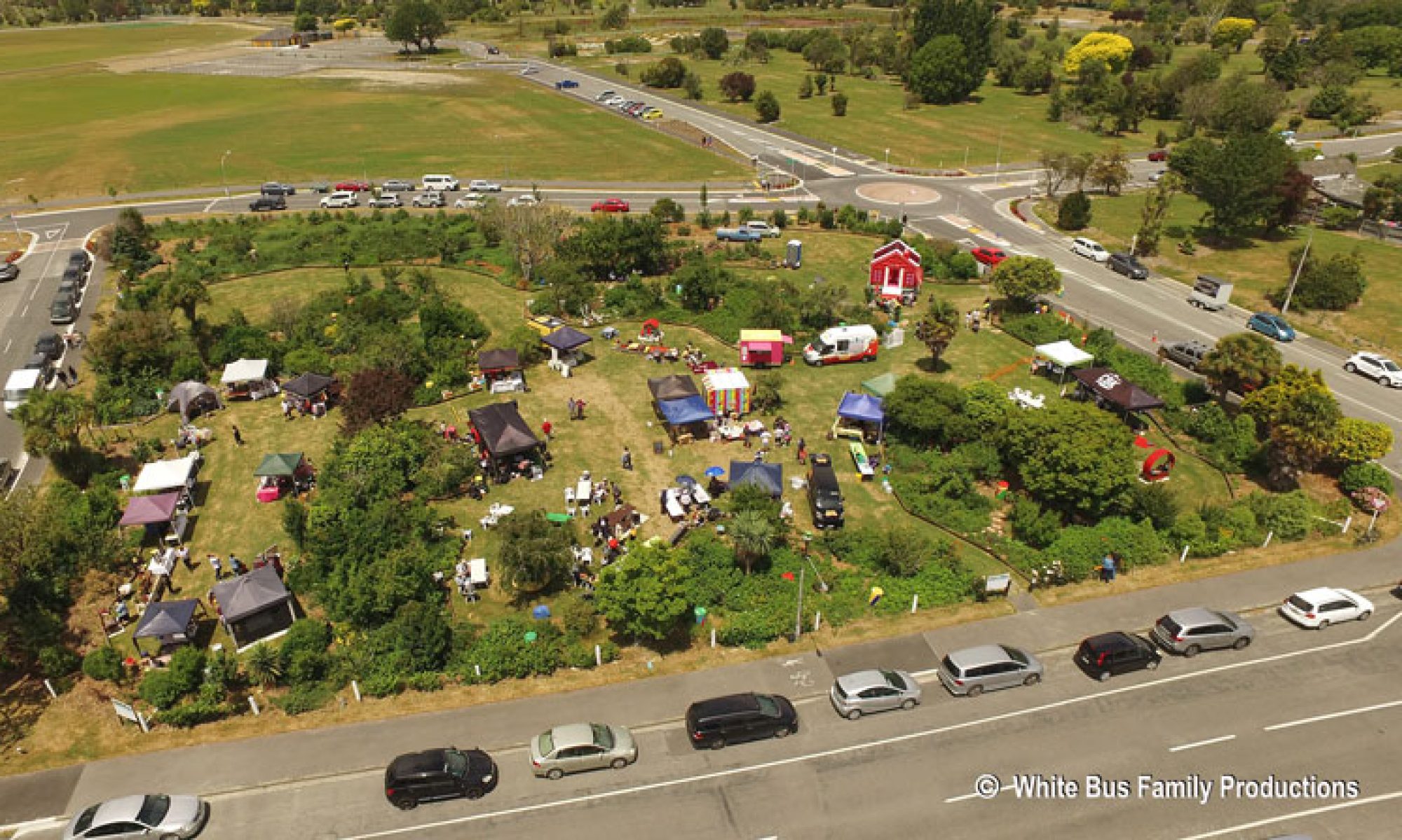
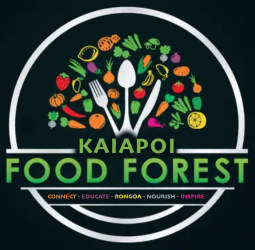
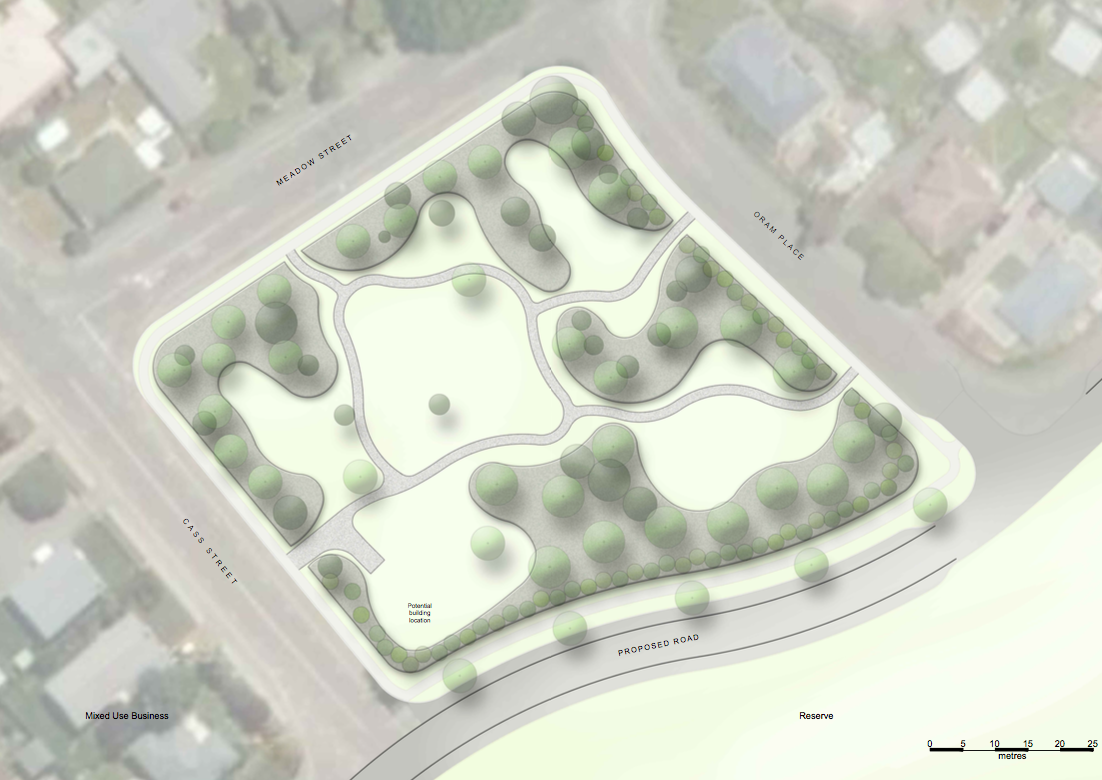
You must be logged in to post a comment.